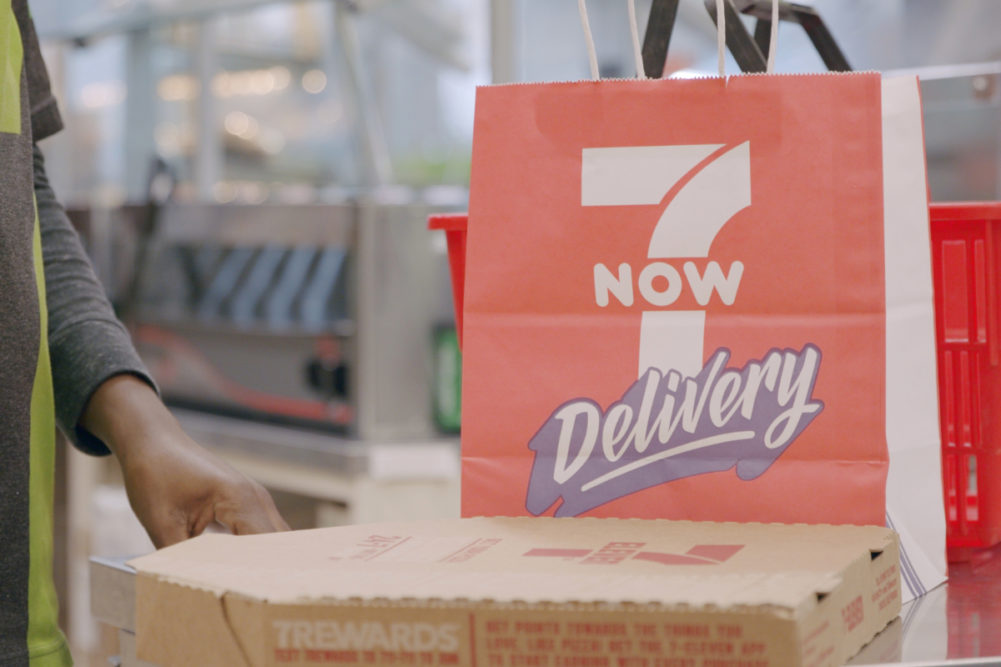ALEXANDRIA, VA. — North American convenience retailers are playing catch up with the adoption of last mile fulfillment services.
Less than half of North American convenience stores offer last mile fulfillment, whether it's home delivery, curbside pickup or in-store pickup, compared to more than 80% of Australian and European convenience stores, according to a recent study from the National Association of Convenience Stores (NACS).
“Our findings show convenience retailers are employing a wide range of last mile fulfillment options with some being more popular than others,” said Lori Stillman, vice president of research at the NACS.
Around half of North American retailers that provide last mile fulfillment offer curbside pickup. Operators leveraging the service should prioritize the importance of shorter wait times, the NACS said. A recent study from Rakuten found customers that experienced a wait time of two minutes or less for in-store and curbside pickup were four times more likely to be a repeat customer.
Less than a third of convenience stores that provide last mile fulfillment utilize delivery services. Those offering delivery are most likely to use a combination of services (51%), followed by their own staff (48%) and DoorDash (33%).
Operators see room for improvement when it comes to the third-party delivery services. Around 40% reported dissatisfaction with their current partners. Chief concerns include ensuring their staff is not burdened by the delivery service, whether it’s picking up orders late or pressuring staff to hurry after arriving early, and ensuring they receive timely access to data to measure the success of their partnership and customer satisfaction.
Two-thirds of consumers place orders through a third-party mobile app. Approximately one third use a retailer’s website or app. As a result, many operators have adopted a blended approach to last mile fulfillment, with nearly half of retailers that use their own website or mobile app to take orders using third-party services for delivery and a quarter of those that use third-party mobile apps to take orders using their own staff for delivery. More than 90% of operators use their own stores to fulfill orders rather than a dark store or warehouse.
With more consumers ordering goods online, operators who don’t offer any last mile fulfillment services may be missing out on potential sales, the NACS said. Industry suppliers also can use last mile fulfillment to increase product reach.
“There is an opportunity for suppliers to educate retailers on how last mile fulfillment can more effectively match products to changing consumer behaviors — like those that will have a lasting impact because of the COVID-19 pandemic,” Ms. Stillman said. “Additionally, third-party last mile service providers will see how the convenience landscape differs from other delivery and gain a better understanding of how QSR delivery both differs and compares to convenience retail.”






